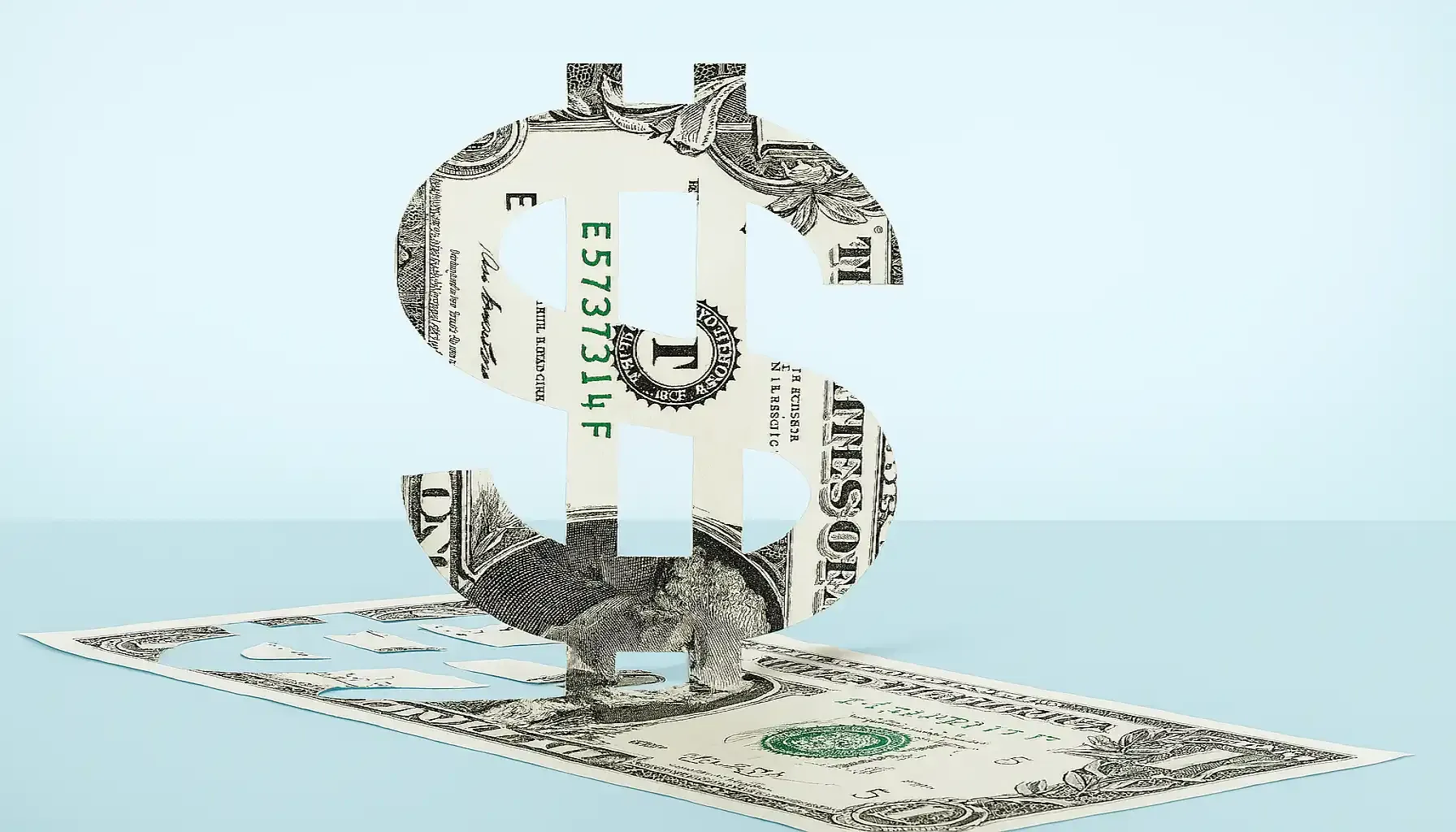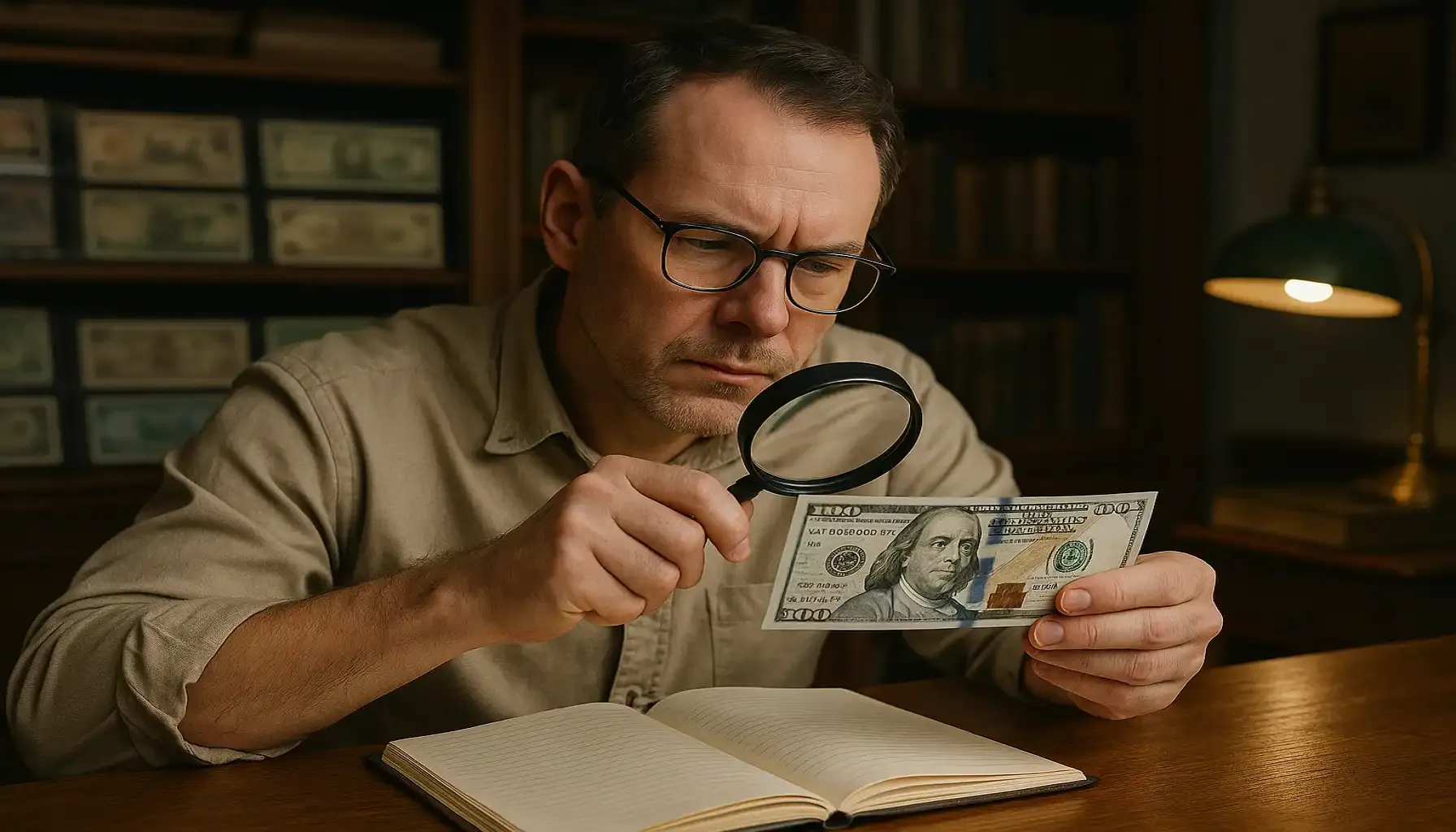Contents:
When the Sacagawea dollar was introduced in 2000, it was a significant numismatic moment, as it reflected the impact and attitude toward a person who played a crucial role in the Lewis and Clark expedition. Indeed, however widespread and common these instances may be, some editions do boast their popularity among collectors and develop a vast system of precious numismatic representatives worldwide.
In this article, we are to delve into a wide range of these 2000 dollar coins, explore peculiarities of each type, and finally estimate the Sacagawea dollar coin value. Should you wish to check coin value on the spot, stay tuned and discover tools that may change your numismatic experience for good.
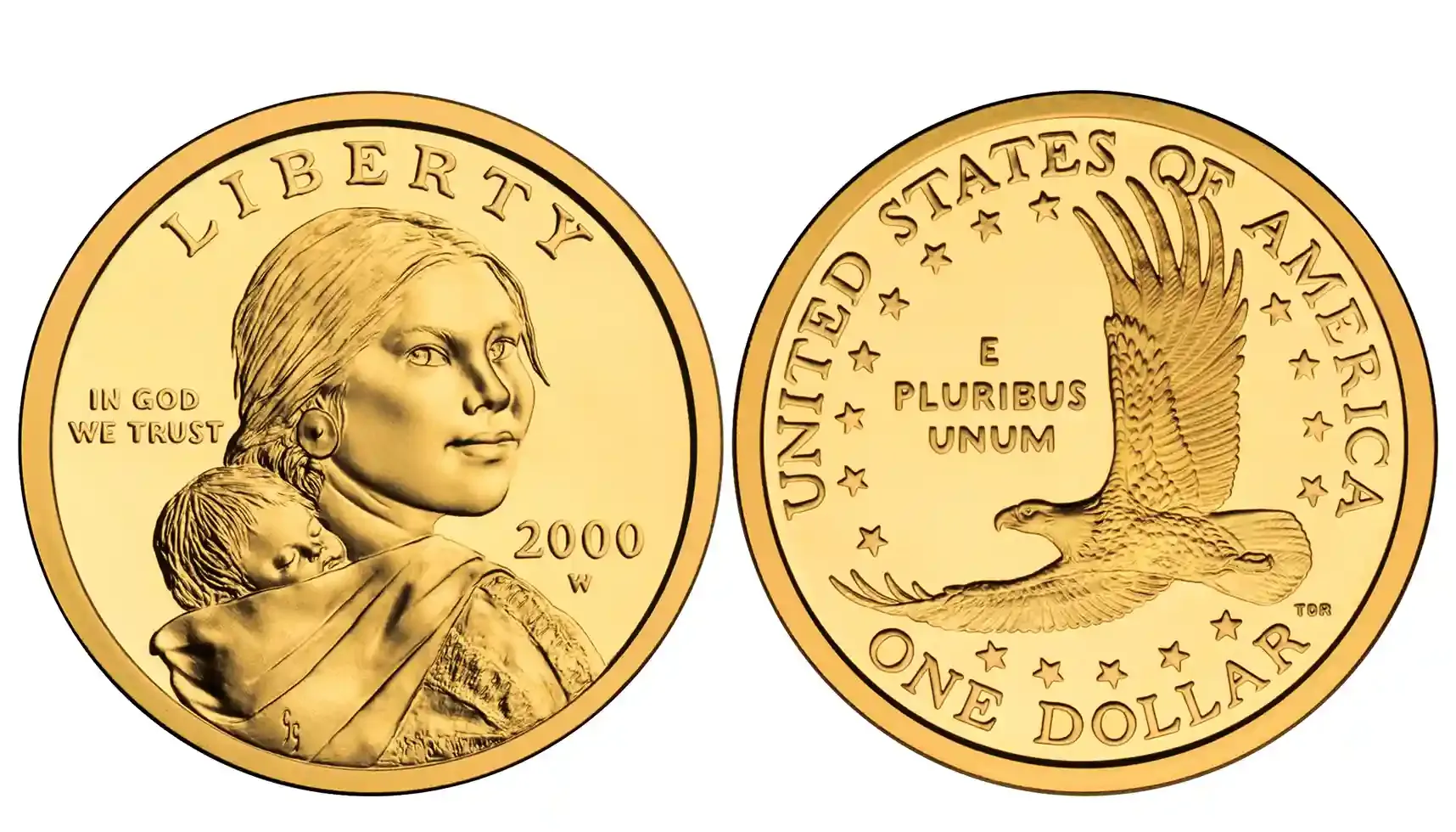
What is the Sacagawea Dollar?
Initially, the United States first minted the $1 Sacagawea dollar, also referred to as the "Golden Dollar" because of its appearance, in 2000. As such, it was created with the sole purpose of replacing the unpopular Susan B Anthony dollar (and honoring important persons in American history, too!).
The obverse was designed by artist Glenna Goodacre, and it features Sacagawea, a Shoshone woman noted for serving as an interpreter and guide for the Lewis and Clark expedition in 1804–1806. The reverse, though, depicts the states of the Union at the moment of the trip represented via the 17 stars that encircle a soaring eagle, which was initially developed by Thomas D. Rogers.
Even though the Sacagawea dollar was designed to be widely used in the first place, it had trouble gaining traction in regular transactions. However, because of its distinctive appearance and intriguing historical relevance, it gained enduring popularity among collectors. Since then, some Sacagawea dollars have become extremely expensive due to prototypes, special editions, and error coins, which might have boosted the 2000 Sacagawea dollar value once and for all.
Related article: 2009 Penny Value Guide.
Most Valuable 2000 Sacagawea Coins
Yes, indeed, millions of 2000 Sacagawea dollars were produced for circulation, yet a small number of instances from this first issue have become valuable in the end. Nevertheless, people argue if these can be considered peculiar/intricate in terms of the numismatic appearance or not. So, what did it look like?
Features of the Sacagawea One Dollar Coin 2000 | |
Year of Issue | 2000 |
Central Design Theme | Sacagawea and her son Jean Baptiste |
Color | Golden |
Composition | Copper core with a manganese-brass outer layer (no real gold!) |
Weight | 8.1 grams |
Diameter | 26.5 mm |
Mints | “P” for Philadelphia and “D” for Denver |
Circulation Mintage | Philadelphia: ~767 million Denver: ~518 million |
Two mints that were responsible for the production of these instances created remarkable variations of the 2000 Sacagawea dollar, each with distinctive characteristics that set them apart from coins in regular circulation. But how?
Key Varieties of Rare Sacagawea Coin
Philadelphia Mint (2000-P Cheerios Dollar): To mark the start of the new millennium, the Philadelphia Mint produced the iconic Cheerios Dollar, a promotional coin that came with specific cereal boxes. One more detail regarding this quarter is the added detail on the reverse of the eagle's tail feathers, which is not present on standard-issue ones.
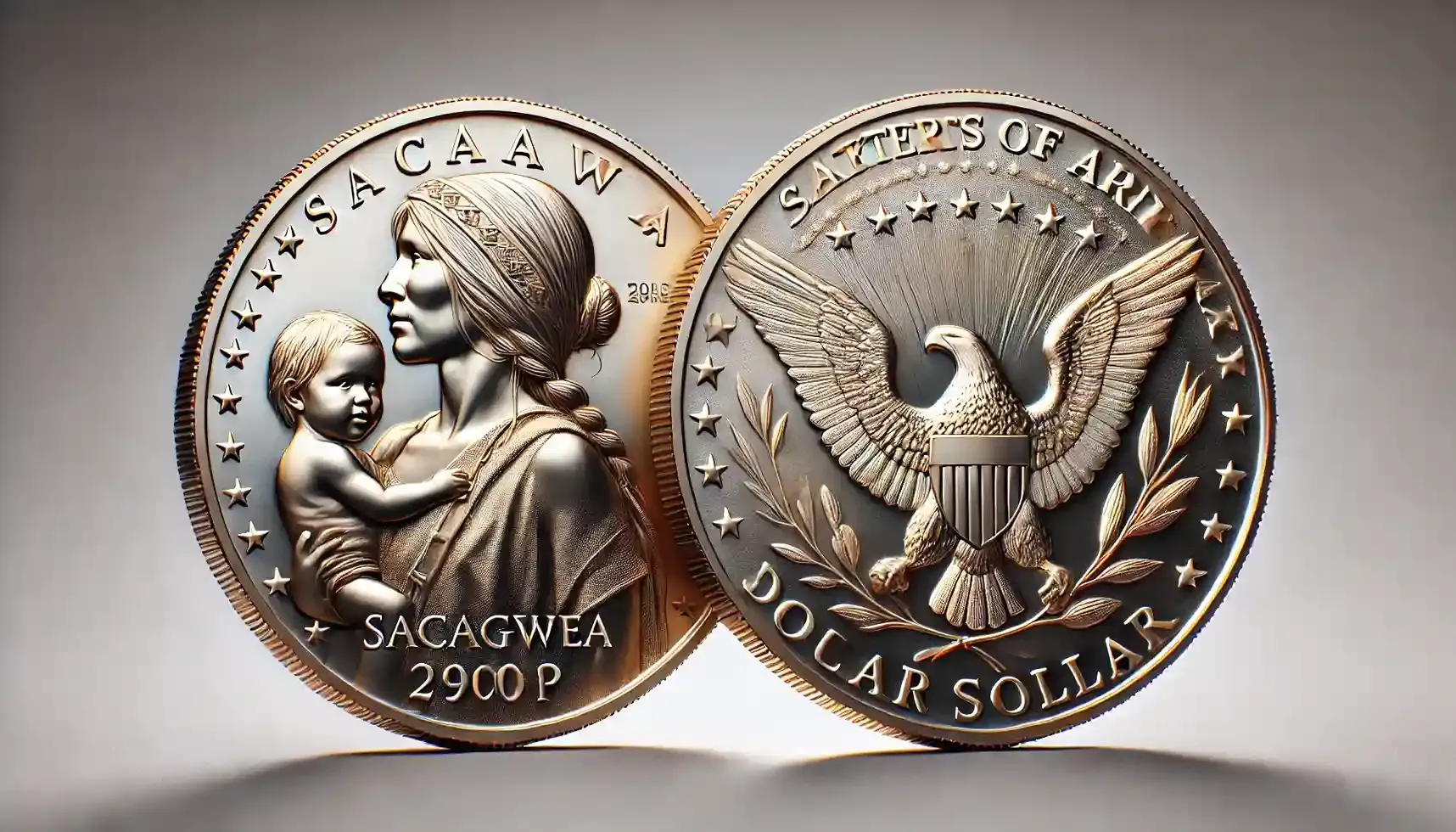
Denver Mint (2000-D Goodacre Presentation Coins): Five thousand specially prepared 2000 one dollar coins with a satin finish were produced by the Denver Mint as part of a payment arrangement with the designer Glenna Goodacre. The distinctive features of these instances are their matte-like texture and fine details as well, nothing excessive.
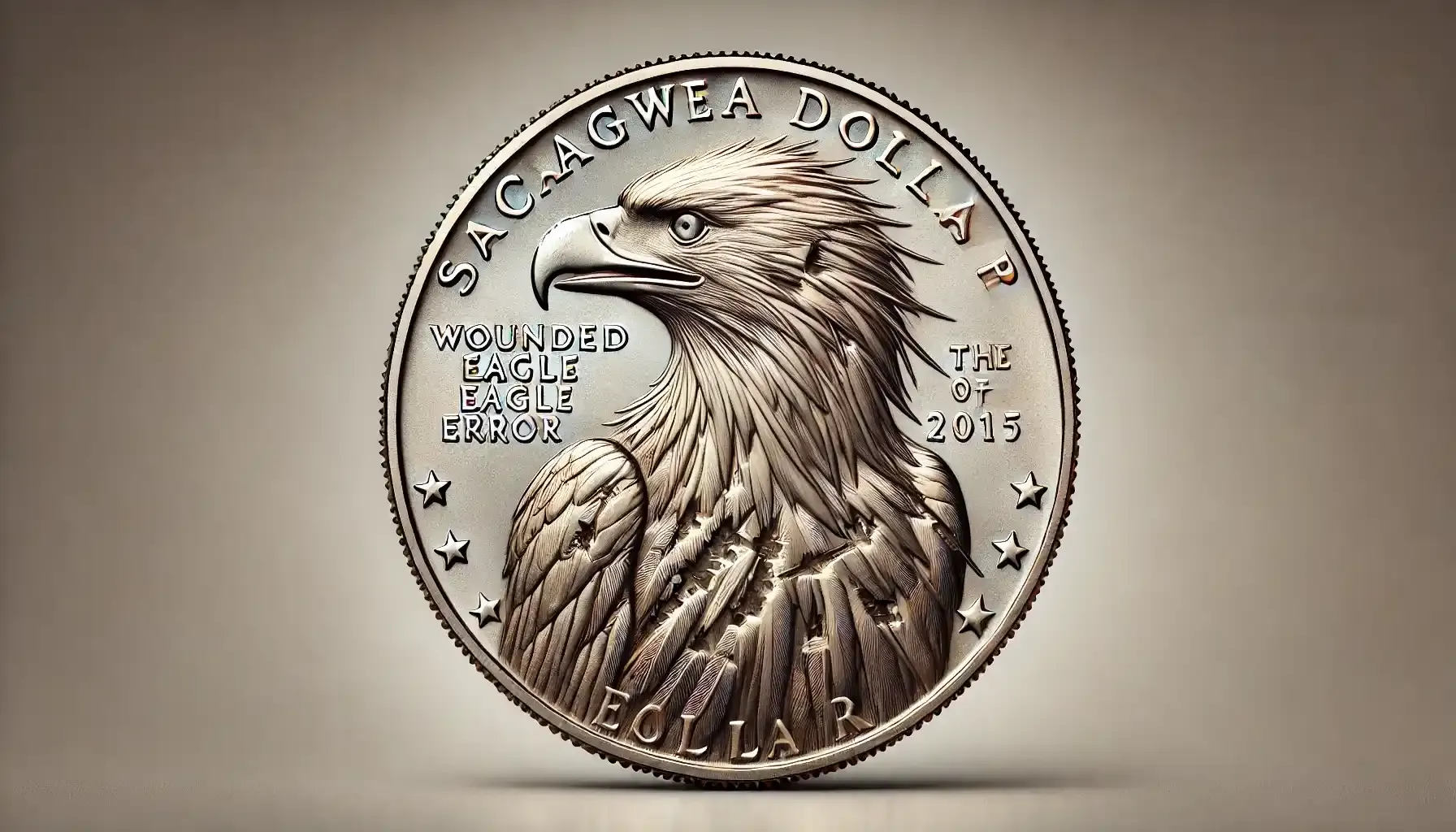
Test Pieces (Unknown Mint): To determine whether the Sacagawea dollar was compatible with vending machines or not, there were produced rare test strikes. These examples, which are now among the rarest examples of the 2000 Sacagawea dollar, were not meant for public usage but still ended up on the numismatic market.
Sacagawea Coin Errors
Wounded Eagle (Philadelphia Mint): Some 2000 P Sacagawea dollars have a unique defect, which is caused by a die gouge that leaves a raised line over the eagle's breast, and this "wound" becomes their the most recognizable and extremely desirable feature to look for.
Off-Center Strikes: Incorrect placement of a coin planchet during striking usually causes off-center errors that consist in a misaligned design. The worth, on its part, is determined by the extent of the defect; more spectacular instances sell for more money than usual.
Planchet Errors: Besides, some Sacagawea dollars were struck on the wrong planchets, like those meant for other US denominations or foreign types. These mistakes result in instances with unusual compositions, weights, or sizes, which turns them into remarkable discoveries with no alternatives yet exclusive designs.
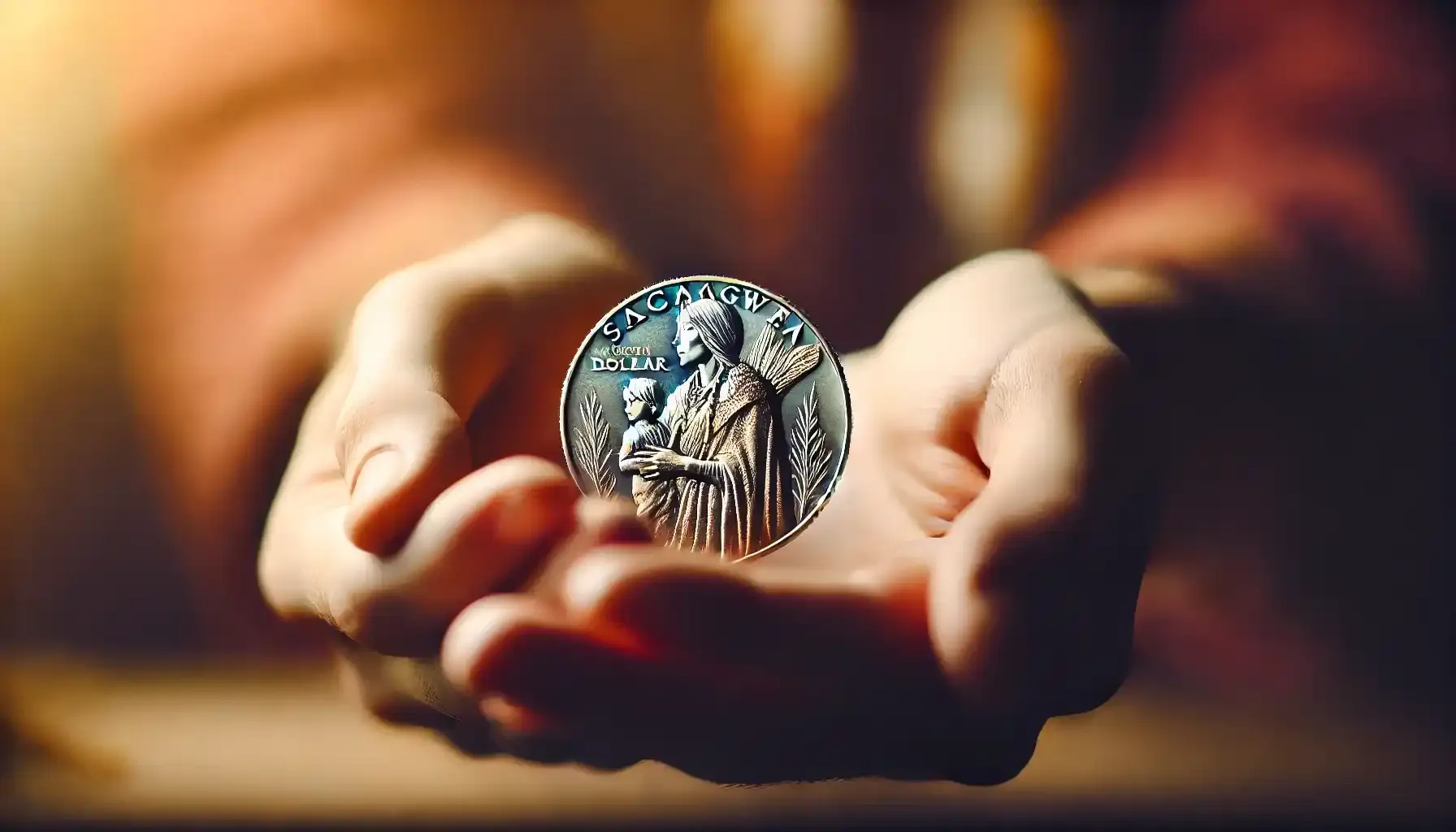
Die Cracks and Cuds: Sometimes, the surface of the coin may exhibit cracks or chunks (referred to as "cuds") due to damage to the minting dies. These may vary and are never limited to one pattern only.
Sacagawea Coin Value
As a rule, the one dollar coin 2000 value depends on a number of criteria, including its condition, rarity, and whether it has any mistakes or special qualities or not. Although the majority of the representatives of this series are worth their $1 face value, some options may bear the aura of the extremely sought-after metal plates and, thus, fetch significantly higher prices.
Factors Influencing Value
Condition (Grade): Compared to worn, circulated coins, those in Mint State (MS) or their uncirculated forms are substantially more valued than other types; greater grades mean greater costs.
Special Varieties: Because of their limited supply and distinctive characteristics, rare coins such as the 2000 P Sacagawea dollars value more. For example, numismatic enthusiasts do appreciate the Cheerios Dollar thanks to the improved detail on the eagle's tail feathers.
Error Coins: The worth of the Sacagawea dollar errors, like off-center strikes or the Wounded Eagle, is significantly increased by their rarity and the fascination of minting flaws. There is no practical benefit or logical explanation of "why" and "how".
Historical and Collectible Appeal: Finally, the 2000 Sacagawea dollar's historical significance as the first year of issue enhances its allure. Coins associated with advertising campaigns or test pieces are much more desirable, for these are pioneers, not successors.
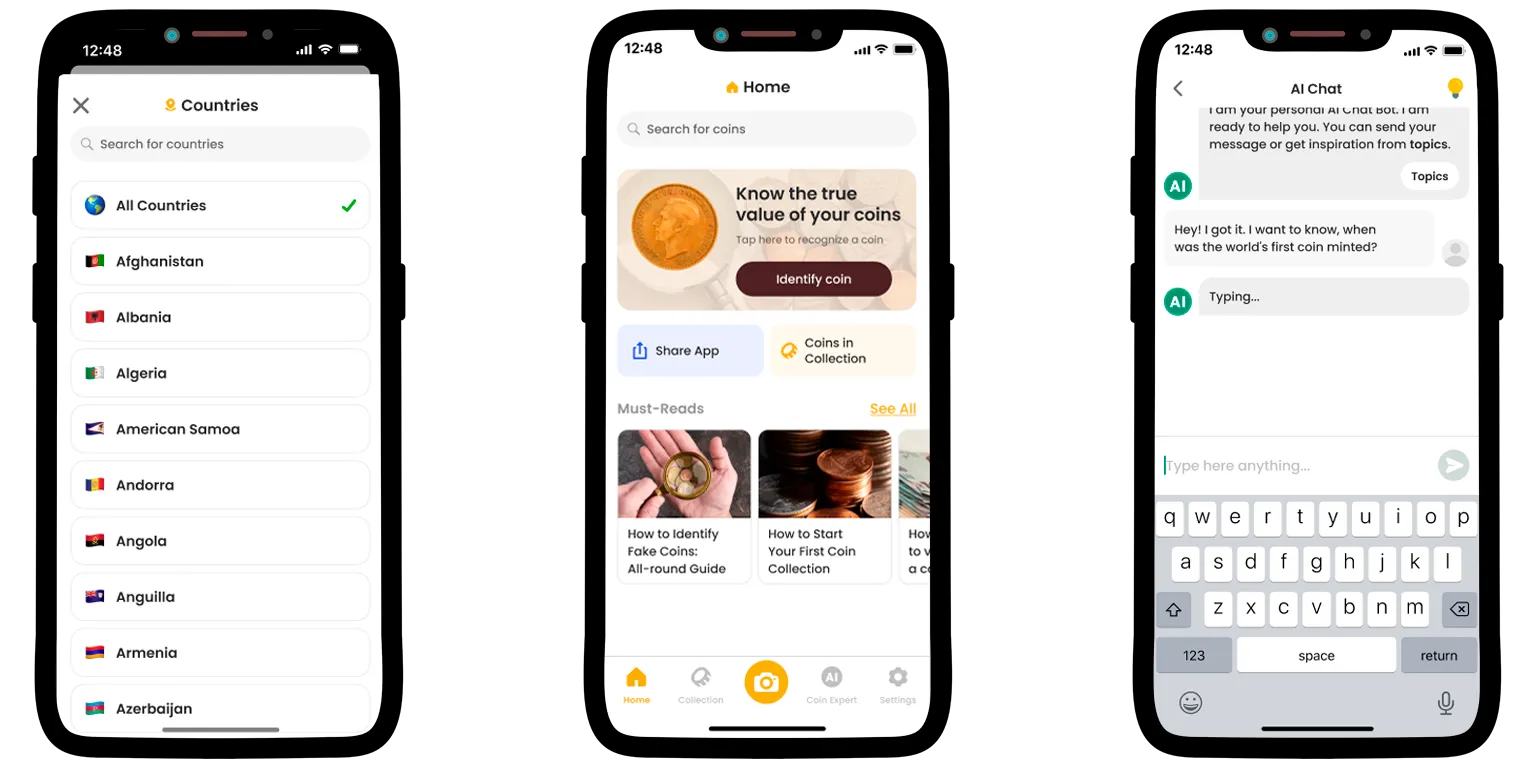
General 2000 Dollar Coin Value Ranges
Standard 2000-P/D (Circulation): $1–$5
Standard 2000-P/D (MS60–MS65 ): $10–$30
Cheerios Dollar (2000-P, MS65+): $5,000–$25,000+
Goodacre Presentation (2000-D, MS65+ ): $400–$3,000+
Wounded Eagle (2000-P Error, MS60–MS65): $250–$5,000+
Off-Center Strike Errors: $100–$1,000+
How to Identify the Worth of Your Coin on the Spot?
Even the most exceptional and flawless coins need proper evaluation and definition of their prices. If you know what to look for, figuring out the worth of a 2000 Sacagawea dollar can be simple for sure. So as to rapidly assess whether your item is worth more than face value, it is vital to pay attention to some important details like its condition, mint mark, and distinctive qualities not to mention.
Steps to Identify Your 2000 Gold Dollar Value
Examine the Mint Mark: Locate the mint mark beneath the date on the obverse. As we have stated before, "D" stands for the Denver Mint, while "P" indicates that the coins were produced by the Philadelphia Mint.
Check for Unique Features: Examine the eagle with the use of a magnifying glass and look for characteristics like an elevated line across its breast (Wounded Eagle mistake), enhanced tail feathers (Cheerios Dollar), planchet errors, or off-center strikes.
Evaluate Condition: The value of uncirculated coins with little wear is higher, and this cannot be denied. For precise assessment, one should necessarily appeal to the special grading scales (from Poor to Mint State) via apps or relevant resources like PCGS (i.e., Professional Coin Grading Service) or NGC (Numismatic Guaranty Company).
Use a Coin Identification Tool: Modern technologies are magnificent, and with the help of such tools, coin valuation can be greatly simplified. With apps like Coin ID Scanner, you can instantly identify and assess your peculiar numismatic creation, and here is what you need to do.
By the way, we have a guide for you on how to check penny values. You can use it for all kinds of coins.

Let Us Use the Coin ID Scanner App, Shall We?
For collectors and enthusiasts, the Coin ID Scanner app is like a magic wand that can provide a rapid and accurate method of determining the worth of your instance, as well as managing the whole collection on a whim. How does it work?
Just use the app to snap a crisp picture of your coin. The program then estimates a preliminary 2000 liberty dollar value based on the current market and grading standards after analyzing the image to determine the \type, mint, and potential variants. The ability to recognize faults, unusual variants, and mint marks is one of the key features of the Coin ID Scanner. At last, connections to reliable online markets for additional validation can be obtained from another perspective.
Those who are new to collecting may quickly and easily determine the worth of their 2000 Sacagawea dollar with the help of technologies like Coin ID Scanner. But never forget about the rule: prices are yet to change, so make sure your coins are not only about the financial side but cultural significance and your own appreciation.

